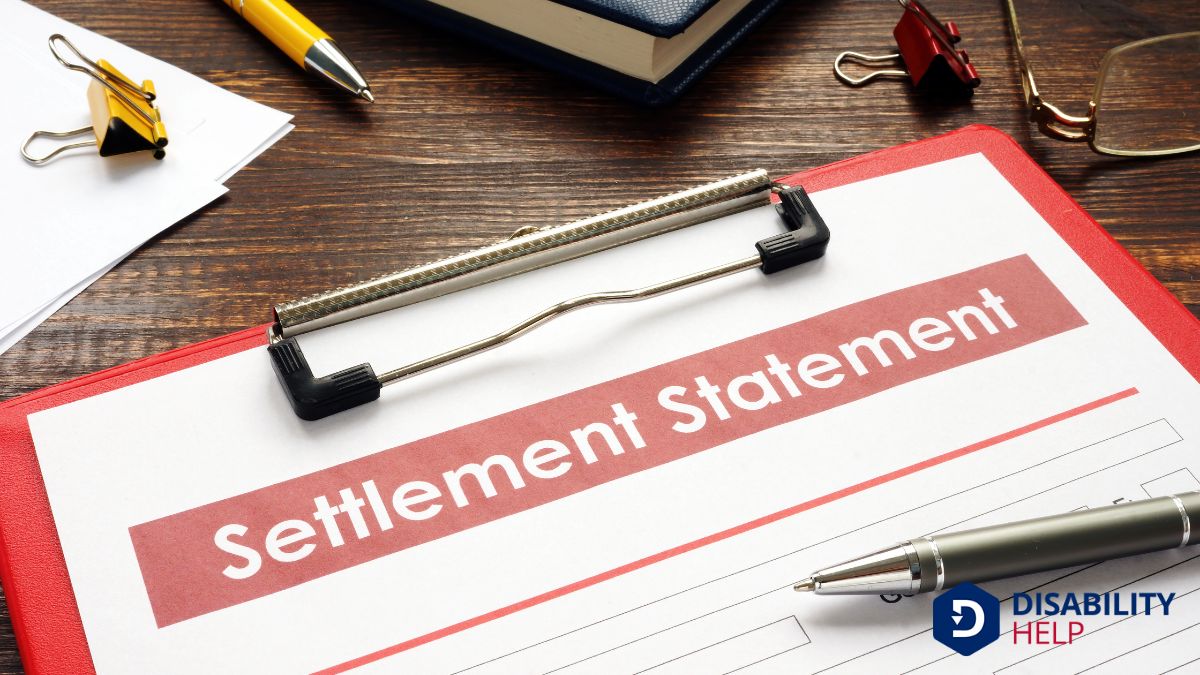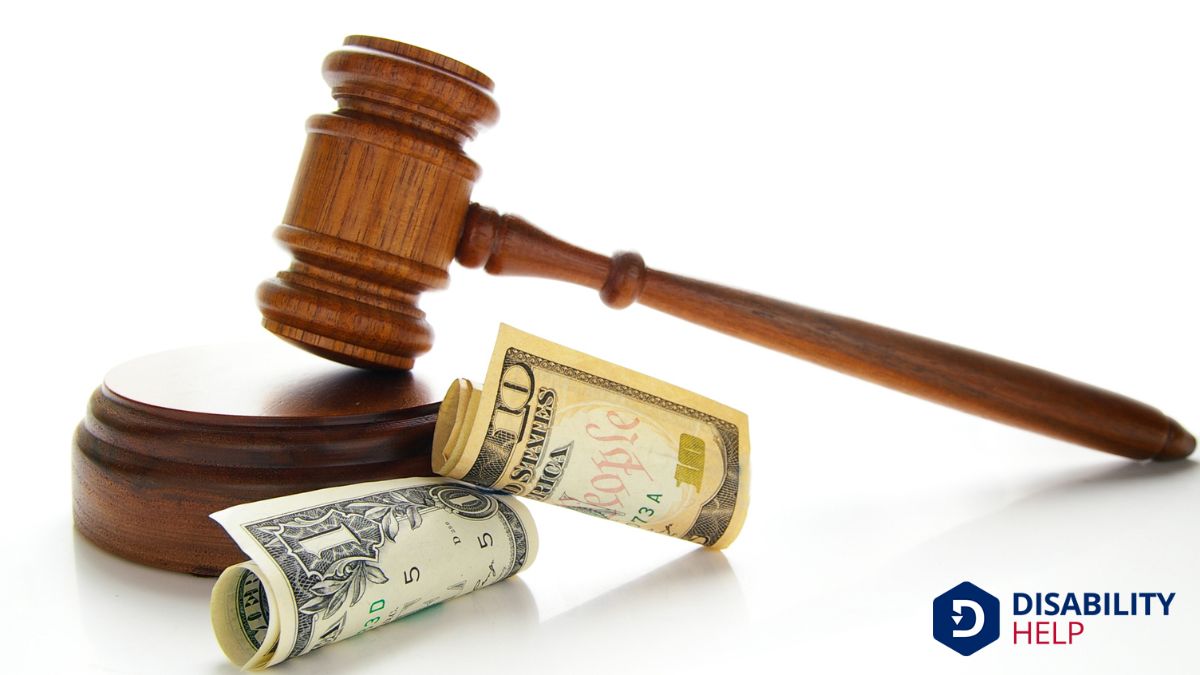When we talk about what makes a settlement fair, we're looking at more than just numbers. It's about finding a balance that addresses both tangible and intangible losses, ensuring clarity and fairness in the terms. We consider financial compensation, liability, and future implications like emotional well-being and financial security. But how do we navigate the negotiation process to achieve this balance? Let's explore the key components that make up a fair settlement.
Key Takeaways
- A fair settlement includes compensation for both tangible losses and intangible impacts like pain and suffering.
- It clearly addresses liability and obligations and incorporates compliance timelines for enforceability.
- Confidentiality clauses are included to protect sensitive information from public disclosure.
- Future implications, such as healthcare, education needs, and financial security, are considered.
- Flexibility and willingness to compromise during negotiations help achieve a balanced outcome.
Understanding the Components of a Settlement

In any legal dispute, understanding the components of a settlement is vital for guaranteeing a fair and satisfactory resolution. We need to grasp the key elements involved.
First, settlements often include a detailed agreement outlining the terms both parties have negotiated. These terms typically address liability, obligations, and the resolution of disputes. We must make certain that the language is clear and unambiguous to prevent future misunderstandings.
Additionally, confidentiality clauses are common, protecting any sensitive information disclosed during negotiations. Let’s not forget about compliance timelines; adhering to these is essential for the settlement’s validity.
Evaluating Financial Compensation
How do we guarantee that financial compensation in a settlement truly reflects the damages and losses incurred? We start by evaluating the tangible and intangible impacts of the incident.
Tangible losses, like medical bills and property damage, are straightforward and can be calculated with receipts and estimates. However, intangible losses, such as pain and suffering or emotional distress, require careful consideration. We should examine the severity and duration of these impacts to determine fair compensation.
It's essential to gather all relevant documentation and seek expert opinions when needed. This approach guarantees that we don't overlook any aspect that could affect our financial recovery.
Assessing Liability and Responsibility
When determining liability and responsibility in a settlement, we must meticulously analyze the circumstances surrounding the incident. It’s essential to gather all relevant facts and evidence.
We begin by examining witness statements, police reports, and any available footage to piece together what truly happened. We should consider who was involved and their actions leading up to the event. Understanding each party’s role helps us assign responsibility accurately.
Next, we assess the laws that apply to the situation. Do local regulations or statutes provide guidance on fault?
Let’s also evaluate any contractual obligations that might influence liability. Our goal is to approach this assessment objectively, ensuring fairness. By doing so, we can establish a clear foundation for deciding on a fair settlement.
Considering Future Implications
As we consider future implications in the settlement process, we must think beyond immediate circumstances to anticipate potential long-term effects.
It’s crucial to evaluate how the settlement will impact not just the present but our future well-being and stability. A fair settlement should account for various factors that may not seem urgent now but could become significant down the road.
- Emotional well-being: How will this settlement affect our peace of mind and emotional health in the future?
- Financial security: Will the settlement provide enough to guarantee financial stability over time?
- Life changes: Are there any anticipated life events that this settlement should accommodate, such as education or healthcare needs?
Our foresight today shapes our tomorrow, guaranteeing lasting fairness and security.
Navigating the Negotiation Process

Understanding the future implications of a settlement is only part of the journey; we must now focus on effectively steering through the negotiation process to reach a fair agreement.
First, we should clearly define our goals and priorities. What are the must-haves versus the nice-to-haves? Clarity here guides our discussions.
Next, preparation is key. We should gather all relevant documents and data to support our case, ensuring we’re ready to address any counterpoints.
It’s essential to listen actively to the other party and understand their needs and concerns. This fosters a collaborative atmosphere.
Finally, let’s remain flexible and open to compromise. A fair settlement often requires give-and-take, allowing both sides to feel satisfied with the outcome.
Conclusion
In wrapping up our exploration of fair settlements, let's remember that a truly equitable agreement balances both parties' needs while addressing tangible and intangible losses. It’s essential that we guarantee clarity in terms and consider future impacts like financial security and emotional well-being. A collaborative negotiation process, underpinned by unambiguous language and mutual respect, fosters understanding and satisfaction. By prioritizing these elements, we can achieve settlements that are not only fair but also sustainable for all involved.






